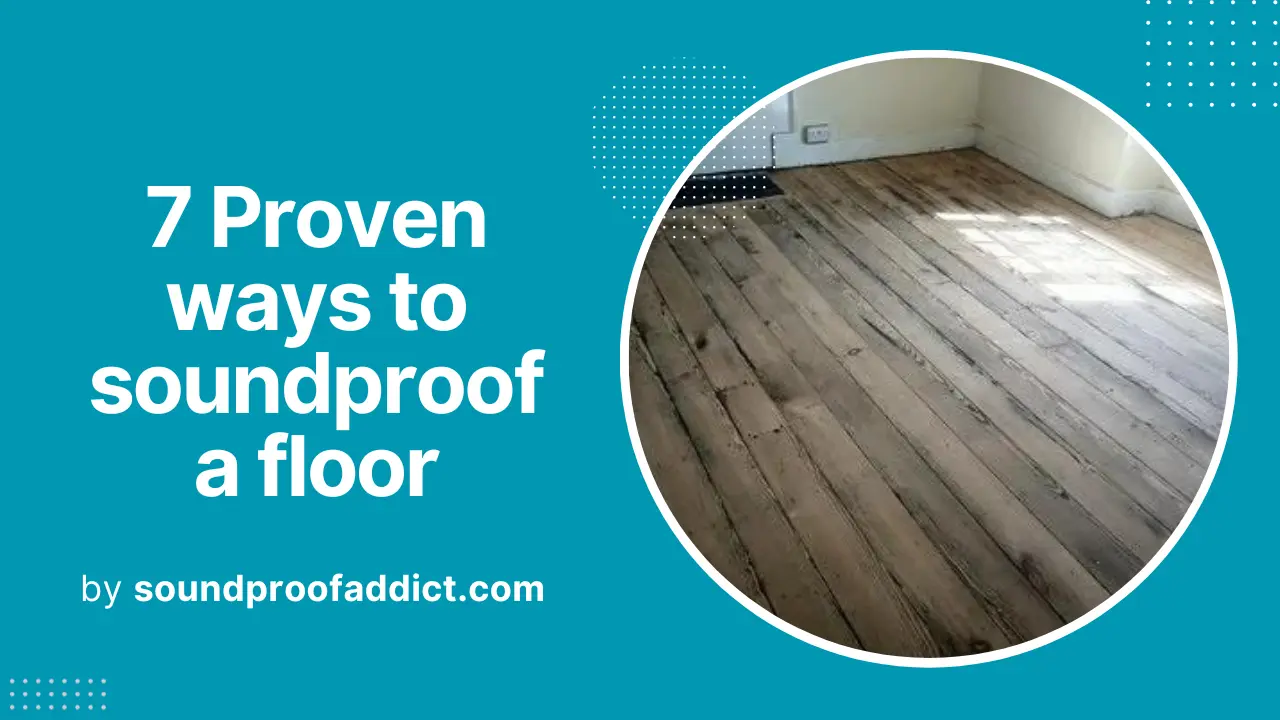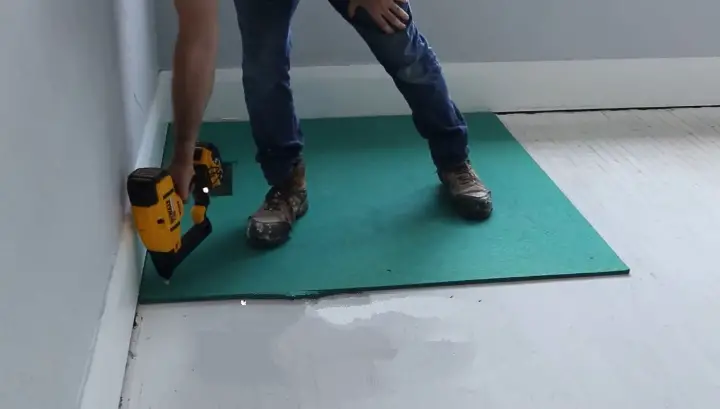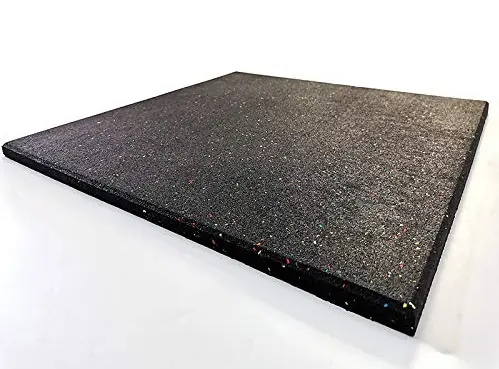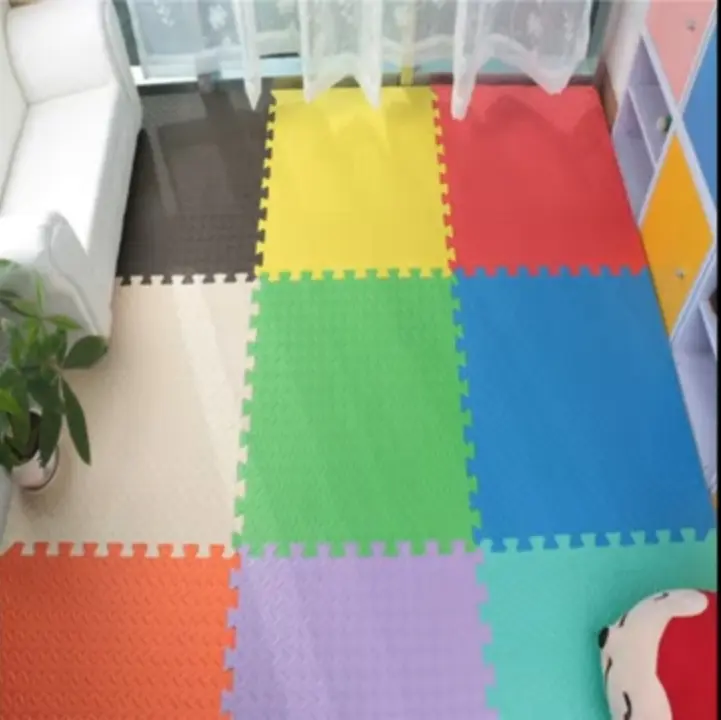How To Soundproof a Floor? {7 Proven Ways}

If you want that noise generated by you doesn’t travel downstairs or you just want to make your space more quiet then you should soundproof your floor.
It is a big part of making your room quieter than ever before. You see, it’s all about stopping those annoying sounds from footsteps, noisy neighbors, or traffic.
So how do you go about making your floor soundproof? Well, in this guide, I am going to share with you 7 proven ways to soundproof a floor.
Noises you need to deal with-
When considering soundproofing for your floor, it’s important to understand the various types of noises you might need to consider.
- Impact Noise: Impact noise is caused by physical contact with the floor, such as footsteps, dropped objects, or moving furniture. It travels through structural elements and can be particularly bothersome in multi-story buildings.
- Airborne Noise: Airborne noise is sound transmitted through the air, such as conversations, music, or TV sounds. This type of noise can pass through walls and ceilings, but it’s essential to address any airborne noise that may travel through the floor as well.
- Mechanical Noise: Mechanical noise can result from appliances, HVAC systems, or plumbing. If your downstairs has air conditioning installed under their ceiling then you might be hearing its noise.
7 Proven Ways to soundproof a floor-
1: Install two layers of cork sheet
If you are looking for a budget friendly method to soundproof your floor then consider installing two layers of cork sheets in conjunction with a noise-proofing compound.
Cork sheets are a natural, versatile material made from the bark of cork oak trees. They work super well in sound absorption and reduction.
A 6 mm thick cork sheet can cut noise by 23 dB, and a 12 mm one can reduce noise by as much as 48 dB. (know more) Noise-proofing compounds, on the other hand, are viscoelastic materials designed to dampen sound.
These compounds are applied as a layer between materials, such as drywall, plywood, or subflooring, to attach them and dampen noise at the same time.
To get started with this method of soundproofing your floor, you’ll need the following materials:
- Noise-proofing Compound
- Cork sheets (enough to cover your floor with two layers, and it’s recommended to choose 6 mm thick sheets)
- A flooring roller to ensure the cork sheets adhere well to the floor.
- A utility knife for cutting cork sheets to the right size.
- A measuring tape to measure and cut the cork sheets accurately.
- Caulk or sealant to seal any gaps.
And, here are the steps you need to take:
- Prepare the Floor: First of all, make sure your floor is clean, dry, and level. Remove any existing rugs, carpets, or debris from the floor.
- Apply Noise-proofing Compound: Spread a layer of noise-proofing compound evenly across the floor. Work on a small area at a time to ensure it’s manageable.
- First Layer of Cork Sheet: Place the first layer of cork sheet over the floor on the compound you’ve applied. Continue until you’ve covered the entire floor with the first layer. Use a measuring tape and a utility knife to measure and cut the cork sheets to fit the space if needed.
- Roll with Flooring Roller: After placing the first layer of cork, use a flooring roller to press it firmly onto the noise-proofing compound. Apply even pressure to ensure a good bond.
- Apply Noise-proofing Compound Again: Spread noise-proofing compound directly on top of the first cork layer. Again, keep in mind to spread to a small area you are comfortable working with.
- Second Layer of Cork Sheet: Place the second layer of cork sheet on top of the fresh noise-proofing compound. Again, cut the cork sheets as needed to fit the space.
- Roll Again with Flooring Roller: Use the flooring roller to press down on the second layer of cork. This ensures both layers adhere properly and eliminates air pockets. This time, apply slightly hard pressure you applied earlier.
- Seal Gaps: Now, carefully look at the sides and corners of the cork sheets. If you see any gaps, apply a bead of caulk or sealant and seal them. And that’s it!
2: Use SONOpan sheet

If you are looking for a way to soundproof your wooden floor cheaply then using SONOpan sheets is the best option for you, particularly when dealing with sub-floor soundproofing.
SONOpan is sound absorbing material so this is better for reducing airborne noise. But it also reduces the impact of footsteps, object drop and or moving furniture that can reverberate and make it more noisy.
This is a super simple and straightforward way to soundproof a floor, so you don’t need a list of tools and materials. You just need:
- SONOpan sheets
- A crown stapler
- And an acoustic caulk for sealing gaps
Once you have the required sheets,
- It is recommended to leave it for 24 hrs. to acclimatize them before installing them on the floor.
- And make the subfloor where you have planned to install it flat and well secured down.
- You might also need to add some extra screws to prevent squeaky floors.
Now, let’s get to the installation part:
- Put the SONOpan sheets on the floor and make sure the dimple side of the sheet is down. Leave a little gap between the wall and the sheet.
- Use that crown stapler to secure the sheets. Leave about 16 inches between the staples. And in case you haven’t a crown stapler, you could also use 1 inch nails. Install the sheets to your entire floor and if you need to cut the board, you can use a sharp knife.
- Once you’re all done, seal the corners with the acoustic sealant, and make sure not to overuse it and you’re good to go!
You can put a carpet or rug over it. Or if you want a polished look, you can install some nice finished flooring on top.
3: Place rubber mat on the floor and put cork sheet over it
Using a rubber mat is one of the best ways to reduce noise transmission from a floor. Rubber mats are a fantastic sound absorber, reducer and blocker and cork sheets are good at it.
And if you combine them, they will do more harm to noise than a single can. It provides both impact noise reduction and a bit of insulation, so it is a win-win situation. So how do you go about using them? Well it is simple:
- First, make sure there are no irregularities or debris on the floor that might affect the installation.
- Then, put a green glue compound on the floor and spread it evenly.
- After that, unroll the rubber mat and place it evenly across the entire floor. Trim the mat to fit the room’s dimensions, walk on the mat to create a strong bond between the subfloor and the rubber mat.
- Again, put green glue noiseproofing compound on the mat and spread it.
- And place cork sheets over it. It’s good to go for 6mm thick ones. Lay them down on top of the rubber mat, making sure they’re securely attached.
- That’s it! Now, you are done and you can lay a rug or carpet over it.
So go ahead, use this technique and make your floor soundproof. You can also use this technique for your attic floor too.
4: Old tire as a mat
Using old tires for soundproofing a floor is an eco-friendly and a completely out-of-the-box technique, but let me tell you that, it is the most efficient, effective and affordable way for floor soundproofing if you have used tires.
Not only will this approach reduce noise, but it also repurposes tires that might otherwise end up in a landfill. Tires are excellent shock absorbers, capable of dampening impact noise, very, very, very effectively. Here how to use old tires to soundproof a floor.
- Collect old tires: Start by gathering used tires. You can often find them at local tire shops or reach out to friends and neighbors who might have some to spare.
- Clean them: Give the tires a thorough cleaning and inspect them for any nails or sharp objects embedded in the rubber. If you found any, remove them.
- Cut the tires: Take a reciprocating saw and cut the tires into flat, uniform pieces. These pieces will cover your floor, so size them according to your floor’s dimensions.
- Apply construction adhesive: Apply construction adhesive to both the back of each tire strip and the floor. This double layer of adhesive ensures a strong bond between the strips and the floor.
- Attach the tire strips: Place the cut tire pieces evenly across the entire floor and press the tire strips firmly onto the floor. To further enhance the attachment, use 2-inch screws to secure the strips in place. Place the screws at regular intervals along the length of each strip.
- Seal gaps: And once you are done attaching and securing them with screws. Seal the gap between each stripes of tires using acoustic sealant
- Once the tire pieces are securely in position, you can install your desired finish flooring material, such as hardwood, laminate, or carpet.
By following these steps, you can repurpose old tires and transform them into an effective soundproofing solution for your floor.
5: Place anti-vibration mat beneath appliances

Appliances like washing machines and dishwashers often have powerful motors and pumps. When they operate, these components generate vibrations that travel through the floor and walls, causing your entire room to resonate with noise.
In such cases, spending money on soundproofing the whole floor is not the most efficient and cost-effective option.
Well, you can just place anti-vibration pads or mat beneath them and this will absorb and dampen the vibrations and prevent it from traveling through the floor and walls and making the whole room noisy. It’s an efficient, cost-effective fix for a noisy appliance.
Recommend to read: https://vibrasystems.com/how-do-anti-vibration-pads-work.html
6: Install interlocking tiles

If you’re looking for an effective, stylish and cost-effective way to soundproof your floor then installing interlocking tiles can be a really great choice. Interlocking vinyl tiles are designed to absorb and dampen sound.
When footsteps or other impacts occur, these tiles minimize the transmission of noise. They are mostly used gym floors.
Anyway, the type of tiles I would recommend using is vinyl tiles as they are much more effective than traditional ones.
7: Cover your floor with anti-vibration mat

Using anti-vibration mats is by far the best way to soundproof a concrete floor. This product is way more effective at absorbing and dampening sound than you think.
I conducted a little test to see how much it is to reduce the impact of impact noise. And to be honest, I was really surprised by the result. Initially, when I dropped a steel ball on the floor without anything, it produced a noise level of 75dB and when I placed an anti-vibration mat on the floor and then dropped the ball the noise level decreased dramatically to 51.5dB, amazing!
However, covering your entire floor with an anti-vibration mat can be super costly and can cost you up to $1200 for a 10×10 floor. So if you are willing to pay that much then this is the method for you.
Whether you want to soundproof your floor from noisy neighbors or you want that your noise doesn’t reach downstairs it is helpful and reliable.
How to soundproof the floor in an apartment?
In my opinion the best way to soundproof the floor in an apartment is to install SONOpan sheets over it, because it is affordable and also works well. Or, solving that puzzle I mean installing interlocking vinyl tiles is also a suitable option for apartment floor soundproofing.
But if you want to go extra miles and you have the budget to invest, then cover the floor with a rubber mat and place cork sheet over it as I told you in the method #3.
How to soundproof a floor from noisy neighbors?
You see, noise coming from downstairs is often low-frequency which is not possible to block by using a single material.
You need to combine two materials to get an effective result and the best to do so is by installing two layers of cork sheets in conjunction with a noise-proofing compound as explained deeply in the method #1.
Another option is to cover your floor with anti-vibration mats, it is more effective than the first option but it is also more expensive, I mean very expensive.
How can you soundproof a floor so that your neighbor below won’t hear you?
If you want that your neighbor below won’t hear noise produced by you then installing cutting flat, uniform pieces of tires or using vibration killing mat are two excellent choices.
You choose the way which you find more suitable and budget friendly. Both are effective, they absorb and dampen the sound when it tries to pass through them.
Final thoughts
In this comprehensive guide, we’ve explored seven proven ways to soundproof your floor, ranging from cost-effective solutions like cork sheets to premium options like anti-vibration mats.
We’ve addressed the diverse types of noise issues you might encounter and offered practical steps for each method.
Now, you’ve learned the ABCs of floor soundproofing, and we genuinely appreciate you taking the time to read through this article.
We hope it’s been as enlightening as finding a mute button for your home. If you’ve still got burning questions or are just dying for more sound advice, don’t be shy – ask away in the comment below!
We’re here to keep the peace and make your home a haven of hush.
That’s it – Happy floor soundproofing!
